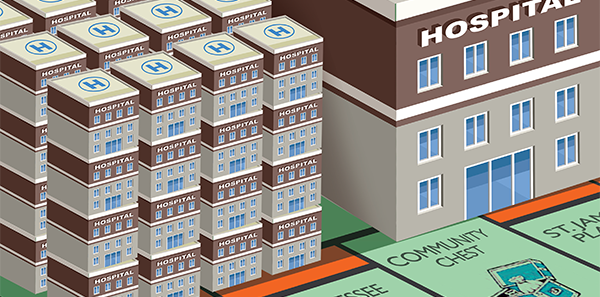
RM: What do you see as some of the biggest challenges for these organizations as they begin to merge different entities together?
Explore This Issue
ACEP Now: Vol 34 – No 12 – December 2015JS: I’ll be the first to tell you, having worked on mergers and acquisitions for 20 years, that there’s absolutely a challenge to making mergers and acquisitions work. Many physicians, whether it’s in emergency medicine or any other specialty, are used to owning their own practice. If they merge with a large organization, it’s critical that the culture of hard work, high clinical standards, and feeling a sense of ownership and pride in their practice continues to be fostered and supported. We have seen mergers and acquisitions go quite well for several of the groups we’ve represented, but we’ve also seen where there were some stumbles. At the end of the day, both of those parties have to live up to the plan under which the transaction was entered into in order to make it work.
RM: We’ve watched the valuations and the multiples rise pretty quickly over the last few years. Do you see this as a temporary situation?
JS: I’ll say this: From a relative basis, valuations are higher now than they have been at any point in the last five years, maybe even the last 10 or more years. Part of that is driven by the fact that, for the most part, capital markets are doing very well right now. The large consolidators have access to plenty of debt and equity capital at a relatively low cost. Part of that is because of the scarcity value [the economic factor that increases an item’s relative price based more upon its relatively low supply] of some of the really high-quality groups. In the last year or two, we’ve seen several very large transactions in emergency medicine, like Premier Physician Services and Emergency Medical Associates of New Jersey. With those very large groups, there’s scarcity value. My general perspective is that if you’re a seller, valuations are very attractive right now.
RM: We’re seeing this move to consolidate in a lot of industries. Many of the benefits are back-office benefits: administrative benefits, billing and coding, tracking data, etc. As these types of services become more cloud-based, do you see some undoing of the need to consolidate?
JS: I certainly believe there’s always going to be a position and presence in the market for independent groups. That being said, what is going to be increasingly important for those groups to maintain their independence is the ability to access low-cost, high-quality back-office services and be able to access, via information technology, the quality metrics, the data analytics that they need to demonstrate their value in the marketplace. If independent groups are determined to stay independent, they absolutely need to be focused on how to best access those capabilities and services.
Pages: 1 2 3 | Single Page





No Responses to “How Health Care Consolidation Is Changing Emergency Medicine”